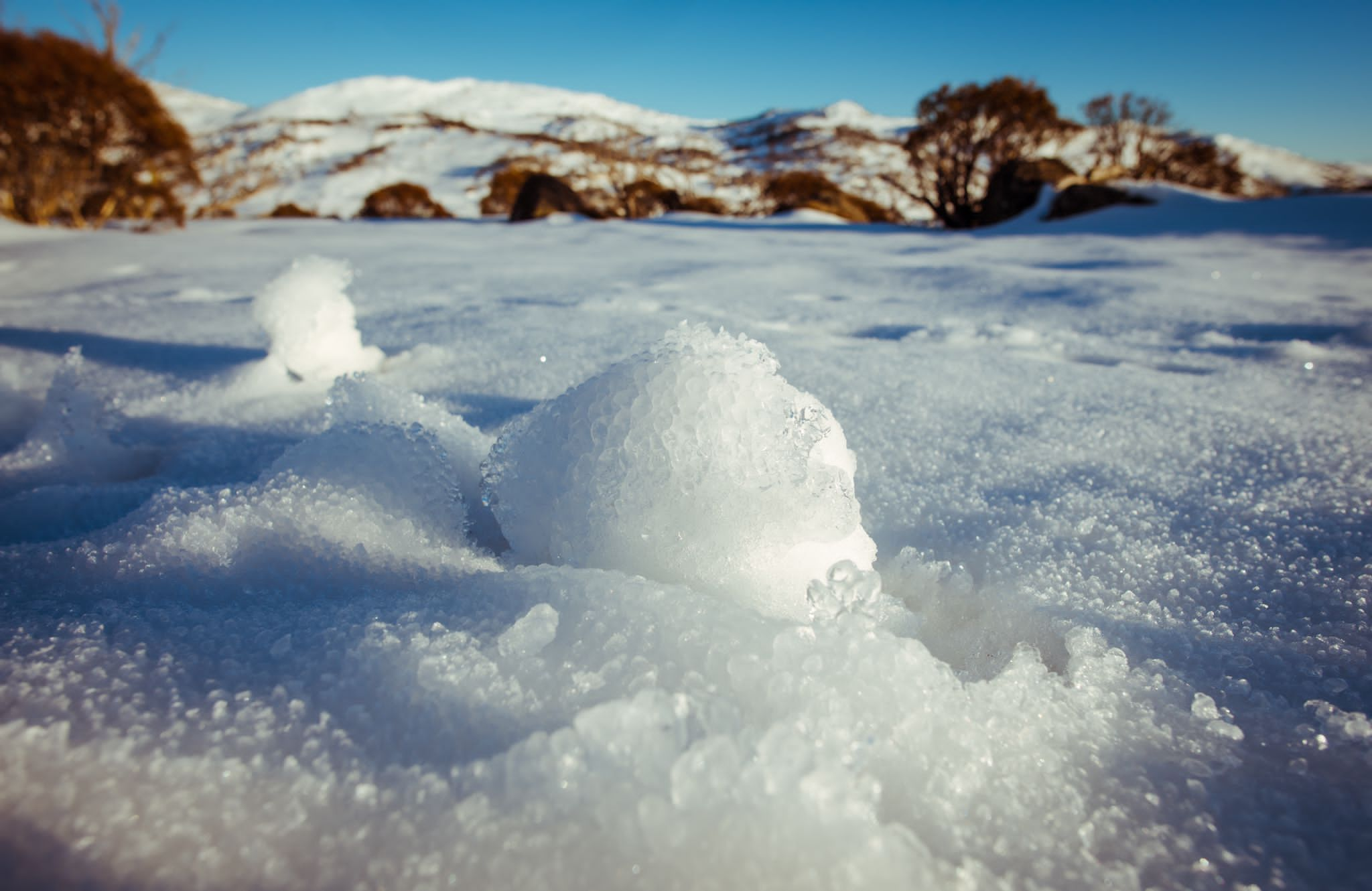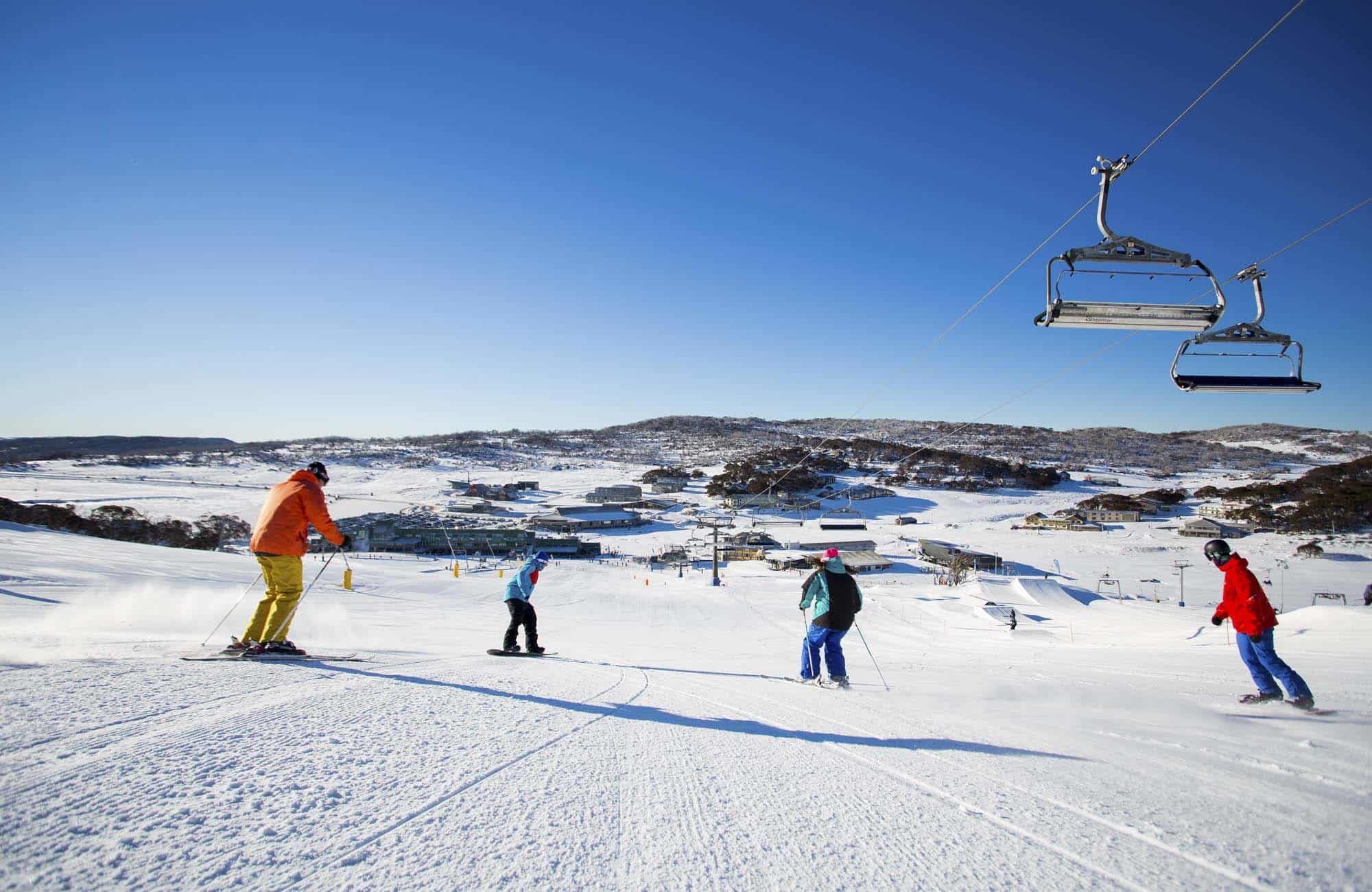Discover the Fascinating Results of Snow in Australia on Neighborhood Communities
In spite of its reputation for sun-soaked landscapes, Australia also flaunts areas buried by snow-- a phenomenon that profoundly influences the country's unique ecosystems. The insulating residential or commercial properties of snows secure flora and animals among the chilliest winters, while the melting snow nurtures rivers and marine life.
The Unforeseen Regions of Snowfall in Australia
The high country areas of New South Wales, Victoria, and Tasmania are particularly recognized for their winter months snow. The Snowy Hills in NSW, for circumstances, receive abundant seasonal snow, using a raw contrast to the nation's normal hot, arid climate. The existence of snow in these regions dramatically affects neighborhood ecological communities, subsequently impacting the nation's unique biodiversity.

Exactly How Snow Impacts Australia's One-of-a-kind Plants
While it might seem unusual, snowfall in Australia plays an essential function fit the nation's one-of-a-kind flora. The snow-filled winters months foster resilience in Australian plant species. This is especially apparent in the towering and sub-alpine areas, where snow gums and hill plum-pines prosper. These plants have advanced to survive in extreme conditions, with snow working as a protective blanket from rough winds and freezing temperature levels. The snow likewise adds to the moisture content of the dirt, supplying essential hydration for plant life during the completely dry summer season. Fundamentally, the snow influences the timing of blooming and seed dispersal, the development rates, and the survival of many plant varieties, showcasing the intricate interaction in between climate and flora in Australia.

The Adjustments of Australian Animal to Snowfall
Equally as Australia's flora has actually adjusted to the wintery problems, the regional fauna as well, show impressive adjustments to the snowfall. Variety like the Hill Pygmy-possum, the only Australian marsupial known to hibernate, have actually evolved strategies to make it through in snowy atmospheres. It utilizes the snow as insulation, hibernating in rock gaps below the snow to remain cozy. The Snow Skink, a varieties of lizard, transforms its colour to white during winter months, providing camouflage against predators. Birds such as the Snowy Mountains' Crimson Rosella also change their diet regimens to consume offered food sources throughout colder durations. Thus, despite the severe conditions, Australian fauna shows a flexible and resilient nature, guaranteeing their survival in areas experiencing snowfall.
The Duty of Snow fit Neighborhood Environments
In forming the local environments, the duty of snow in Australia is both multilayered and profound. It affects the distribution of plants and fauna, mostly specifying the biodiversity of sub-alpine and alpine regions. Snow offers a critical water resource, feeding rivers and tanks as it thaws, therefore sustaining a selection of marine life kinds. In addition, snow serves as an insulator, safeguarding ground-dwelling organisms from extreme cold. It plays a considerable duty in soil development and nutrient biking. The routine cold and thawing of dirt induced by snowfall cultivates the break down of rocks, improving dirt fertility. The presence of snow forms the plant life patterns, pet behavior, and total sustainability of Australia's distinct ecosystems.

The Future of Snowfall in Australia: Forecasts and Effects

Given the vital duty snow plays fit local ecological site link communities, the future of snowfall in Australia is attracting enhancing focus from researchers and conservationists. Present environment versions anticipate a considerable reduction in snowfall as a result of international warming, with possibly extensive impacts on local ecosystems. Less snow can result in reduced water accessibility in alpine areas, negatively affecting wild animals environments and plant life. It could alter the timing of seasonal adjustments, interfering with the life cycles of several indigenous types. The tourist industry, heavily reliant on the winter snow season, may also face significant difficulties. Recognizing these predictions and their effects is essential to create reliable conservation approaches, making sure the conservation of Australia's distinct biodiversity and the sustainability of its economy.
Conclusion
The function of snow in Australia's ecological communities is pivotal yet frequently overlooked. It works as a protector, a nurturer, and a shaper of varied towering varieties, adding to the richness of Australia's high nation. As weather patterns proceed to shift, understanding the ramifications and possible transformations of these snow-influenced communities is important. Hence, the snow in Australia is greater than an all-natural phenomenon; it's a crucial gamer in the nation's environmental narrative.
In spite of its credibility for sun-soaked landscapes, Australia likewise boasts areas blanketed by snow-- a phenomenon that profoundly influences the country's unique ecosystems. It uses the snow as insulation, hibernating in rock holes beneath the snow to stay warm - Does It Snow In Australia.In shaping the regional environments, the role of snow in Australia is both multilayered and extensive. The visibility of snow forms the plant life patterns, pet behavior, and total sustainability of Australia's special ecosystems
Given the crucial the original source duty snow plays in shaping local ecological communities, the future of snowfall in Australia is attracting find increasing interest from researchers and environmentalists.